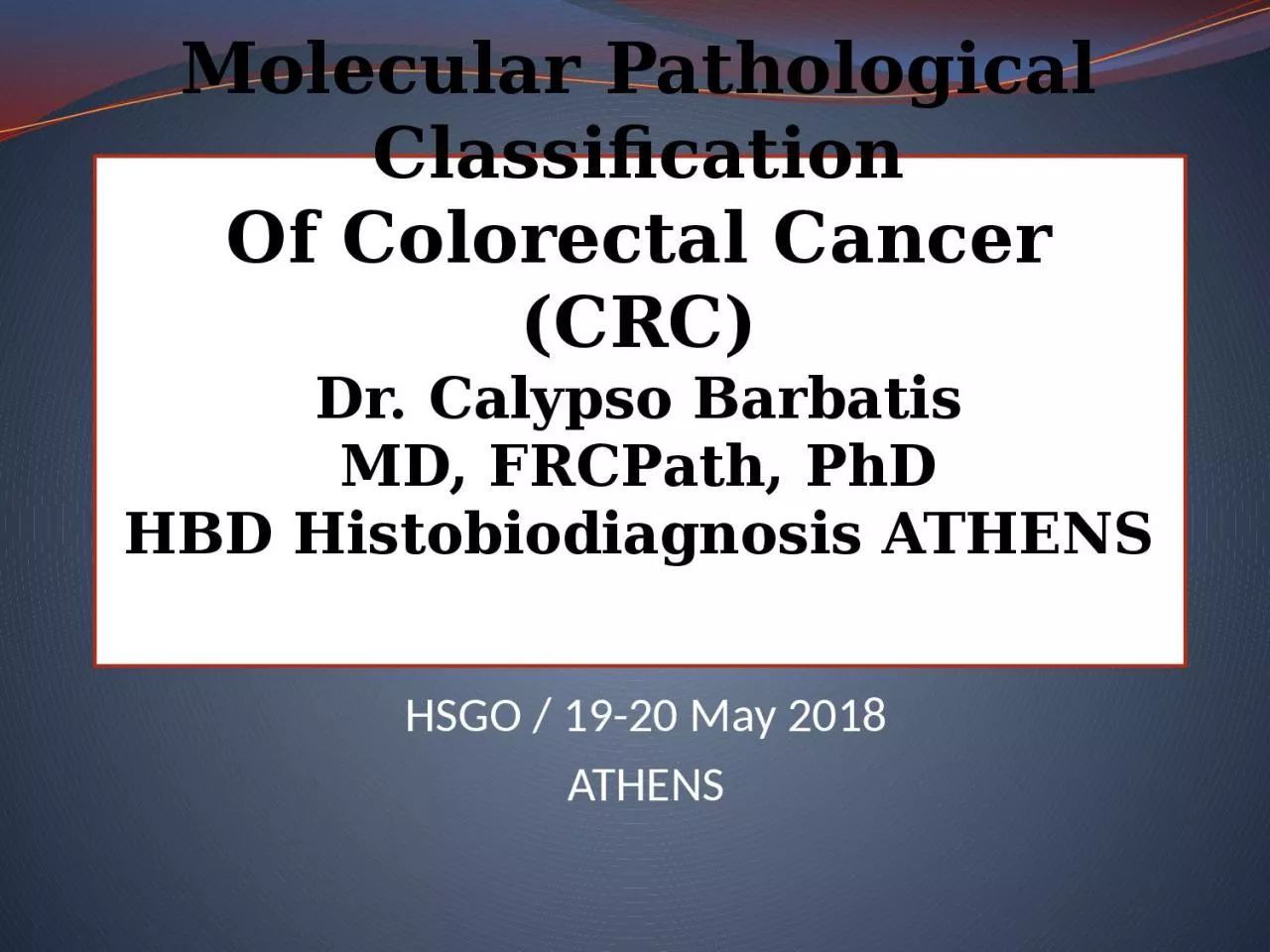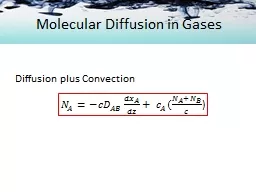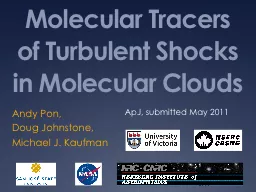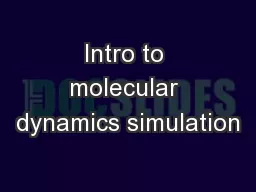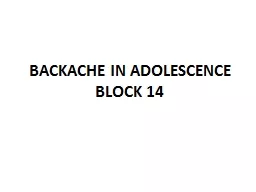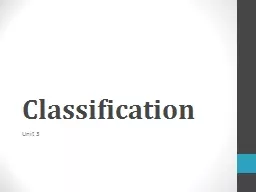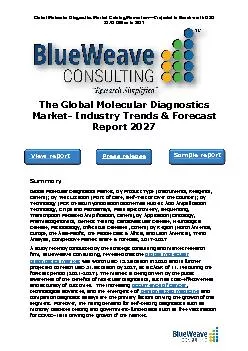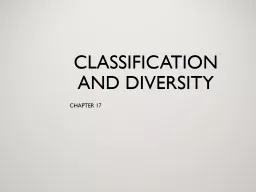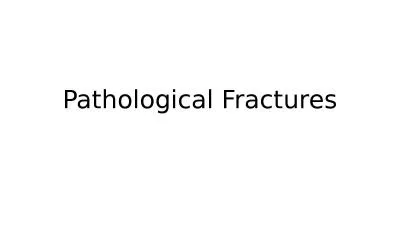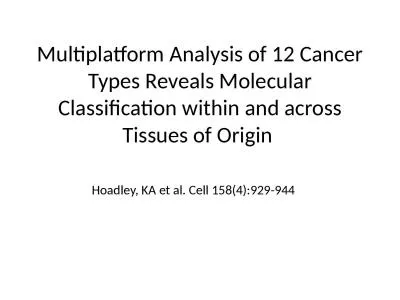PPT-Molecular Pathological Classification
Author : anastasia | Published Date : 2024-03-13
Of Colorectal Cancer CRC Dr Calypso Barbatis MD FRCPath PhD HBD Histobiodiagnosis ATHENS HSGO 1920 May 2018 ATHENS Frequent malignancy 3 rd cause of cancerrelated
Presentation Embed Code
Download Presentation
Download Presentation The PPT/PDF document "Molecular Pathological Classification" is the property of its rightful owner. Permission is granted to download and print the materials on this website for personal, non-commercial use only, and to display it on your personal computer provided you do not modify the materials and that you retain all copyright notices contained in the materials. By downloading content from our website, you accept the terms of this agreement.
Molecular Pathological Classification: Transcript
Download Rules Of Document
"Molecular Pathological Classification"The content belongs to its owner. You may download and print it for personal use, without modification, and keep all copyright notices. By downloading, you agree to these terms.
Related Documents

